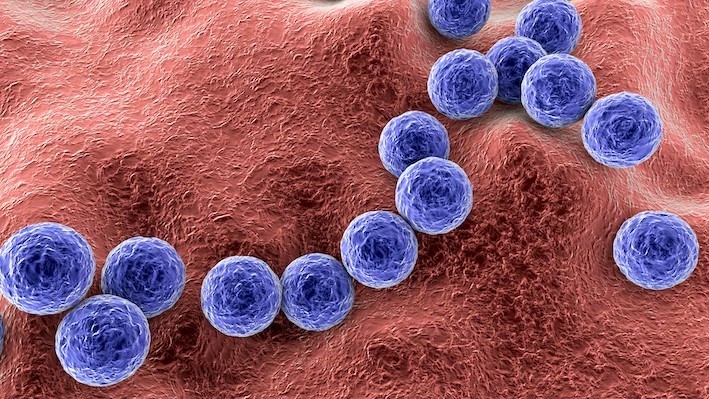Are Micro Robots The New Cure For Cancer?
Micro robots are being used to target inoperable cancer tumors in the body.
Cancer is one of the biggest health issues in the world, and a cure has long been sought after, though one universal cure has yet to be discovered. Well, now it seems that micro robots are the next in technological medicine that will be targeting cancerous cells. The robots are known as “enterotoxins” and are being used to enter the body and target cancerous tumors that are inoperable.
These new micro robots are the next wave of medicine that can be revolutionary if they work correctly. These robots are controlled by a magnetic field and possess the type of bionic bacteria that contains anti-cancer chemicals and are then used to reduce the size of tumors that are hard to get to by means of normal surgery. Sometimes cancer cannot be treated by chemotherapy and radiation, but these robots can now enter the body and help with the most inoperable tumors.
According to Simone Schürle-Finke, the researcher who published the paper on these new micro robots, “Cancer is such a complex disease, it’s hard to combat it with one weapon.” Technology is constantly changing, and if it can be coupled with modern medicine to give those who have cancer a better chance at living, then using multiple “weapons” is surely the way to go.
The fact that Schürle-Finke and her team are using magnetic waves and micro robots to combat the difficulty of surgery is quite astounding. Hopefully, this new way of treating cancer can prove to be far more effective, as tumors pose a huge threat, especially when they are in difficult-to-reach places in the body. Radiation and chemotherapy are also used quite often, but there is a ton of danger in using these methods as well, as people sometimes cannot make it through irradiating their bodies.

Oddly enough, using bacteria as a form of attacking cancerous cells was developed in the 1890s by William Coley. He would inject patients with dead bacteria and bacterial proteins, and began to notice the success of doing so, however, the treatment was met with plenty of criticism from the medical community. “Coley’s toxins” were used all the way into the 1960s but began to be pushed aside by the rise of radiation and chemotherapy, but it appears that the micro robots are now using the same tactic to get to inoperable tumors.
Should these micro robots prove more effective than Coley’s method, it would be life-changing for the world. The hope would then be that the medical community would be more open to allowing this new method to fully be explored. Anything that is labeled as “experimental” can often bring up many critics, but if people’s lives are being saved, then robots should be given a fair chance.
Schürle-Finke is excited about the “converging” of sciences, especially in that medicine and science are coming together in a wonderous way for this new micro robots treatment. We hope that the data and research open the floodgates for this treatment to start being used more openly and that more lives can be saved from this process. Cancer is a terribly disease for all concerned, and the hope is that it can be eradicated sooner rather than later.











